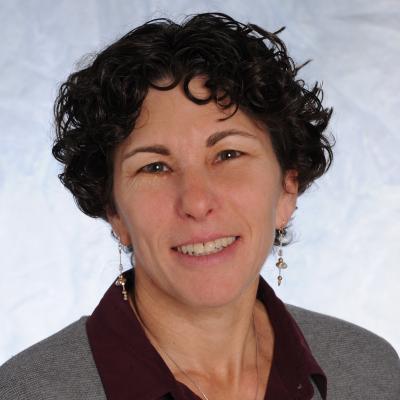The need for trustworthy data that a community can mobilize around is at the heart of the Vital Village Network (VVN), which uses the Child Opportunity Index as the foundation for its community-based data dashboard, serving the Dorchester, Roxbury and Mattapan neighborhoods of Boston. Established by Boston Medical Center pediatrician and community leader Renée Boynton-Jarrett, the dashboard brings together data about the health and wellbeing of children and families from multiple sources in order to align family support services and resources with need, to track progress on benchmarks for child wellbeing and to empower community members to use data to create change.
For example, VVN’s Community Data Workgroup spurred the development of a food access app, which is being used by community members to locate sources of affordable, healthy food ranging from food pantries to farmers markets. The app allows residents to share information about the quality and variety of food at various outlets, encouraging neighbors to seek out the freshest, most nutritious food and removing the stigma of using food pantries.
But getting to this point was a complicated journey that required buy-in from communities long wary of the “one-dimensional story data tells,” says Boynton-Jarrett. Single measures such as school achievement or crime levels that paint a community as “failing” or “dangerous” overlook community strengths and residents’ resilience and can seem to blame the community for its challenges.
"The COI captures that differences between communities are not random. It allows us to see that these differences are the result of a series of processes."
Because the COI is a relative measure, “it’s not looking at communities as individual places that happen to be performing well or poorly. The COI captures that these differences between communities are not random. It allows us to see that these differences are the result of a series of processes around where people can get access to housing, what types of resources were poured into neighborhoods with more opportunity, and which historical processes—redlining, illegal dumping—operate in concert so these neighborhoods arrived at where they were in relation to other communities,” Boynton-Jarrett explains.
Her goal is to mobilize community members to use data from the COI and other sources to engage with policymakers, to advocate for themselves and to help develop programming to address community needs. To date, VVN has developed a task force to encourage male engagement in the lives of children, a program to advocate for and support breastfeeding for all mothers and comprehensive trauma-informed prenatal services, among others.



